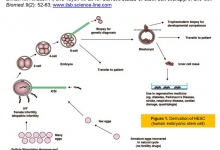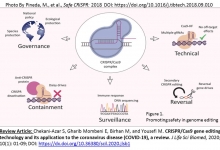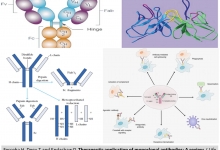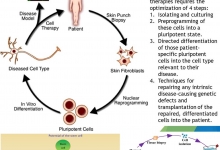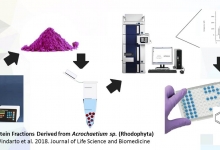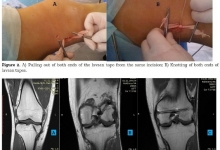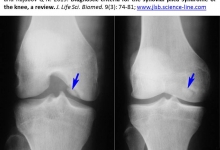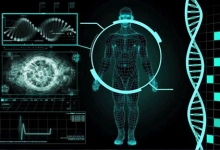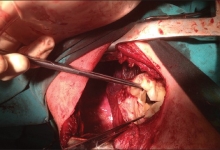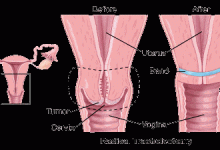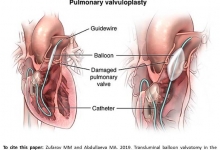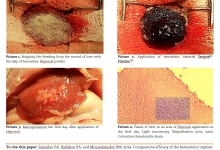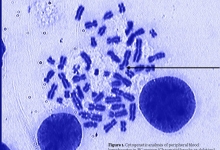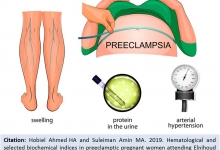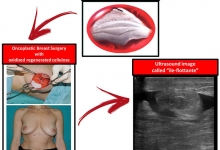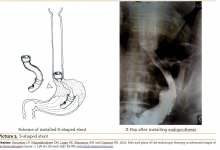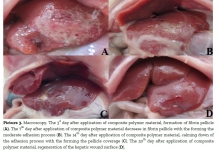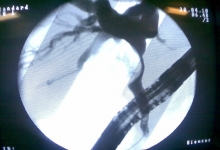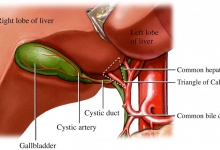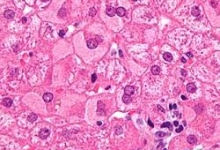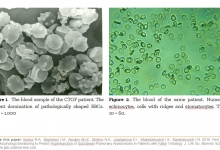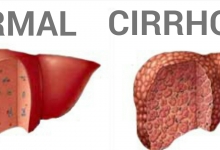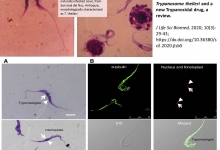Previous issue | Next issue | Archive
![]() Volume 15 (3); September 25, 2025
Volume 15 (3); September 25, 2025
| Knowledge, attitude, practice about breast cancer and its screening among female health professionals working at health care facility found in East Gojjam, Ethiopia |
Research Paper
Knowledge, attitude, practice about breast cancer and its screening among female health professionals working at health care facility found in East Gojjam, Ethiopia
Belete D, Tilahun M, Biyazn Z, and Damite W.
J. Life Sci. Biomed., 15(3): 62-70, 2025; pii:S225199392500008-13
DOI: https://dx.doi.org/10.54203/jlsb.2025.8
Abstract
Breast cancer is the leading cause of death among reproductive-age women worldwide and the second leading cause of death among women in Ethiopia. Regular breast self-examination is the most cost-effective method for the early detection of breast cancer. Despite this fact, breast self-examination was low among women in the general population and it was not well documented among health care workers. To explore the knowledge, attitude, and practice about breast cancer and its screening among female health professionals working at public health facilities found in Debre Markos administrative town East Gojjam, Ethiopia. An Institutional-based cross-sectional study design was conducted among female health professions working at public health facilities found in Debre Markos administrative town. A systematic random sampling technique was used from different professionals and a separate sample was taken independently from each. A pre-tested structured questioner was constructed and collects data then Descriptive statistics were used to analyze data by using SPSS version 20. A total of 352 female health professions were included in the study with a response rate of 83.4%. The mean (±SD) age of participants was 24.82(±1.5) years. All of the study participants have heard about breast cancer. 186(52.8%) of them had good, 192 (54.5%) had a positive attitude, 183(52%) have good practice of breast cancer and its screening. 195(55.4%) mentioned that they self-examine their breast at least once in their lifetime, 41 (11.6%) said they had undergone breast examination by clinicians and only five (1.4%) mentioned that they had mammographic screening. Even though the study findings revealed that the majority of study participants had good knowledge of breast cancer, there are still some negative attitudes towards the screenings and practices about breast cancer, there is an alarming increase of breast cancer, therefore the study recommends that, the Ministry of Health and Social Services in collaboration with various stakeholders to develop some strategies on how to address the issues of early detection of breast cancer among female health professions.
Keywords: Knowledge, attitude, practice, Brest cancer
[Full text-PDF] [ePub] [Export citation from ePrint] [How to Cite]
| Prevalence of erectile dysfunction in patients with chronic kidney disease on renal replacement therapy |
Research Paper
Prevalence of erectile dysfunction in patients with chronic kidney disease on renal replacement therapy
Kariev SS, Nasirov FR, Shavakhabov SS, and Ibadov ER.
J. Life Sci. Biomed., 14(3): 71-77, 2025; pii:S225199392400009-13
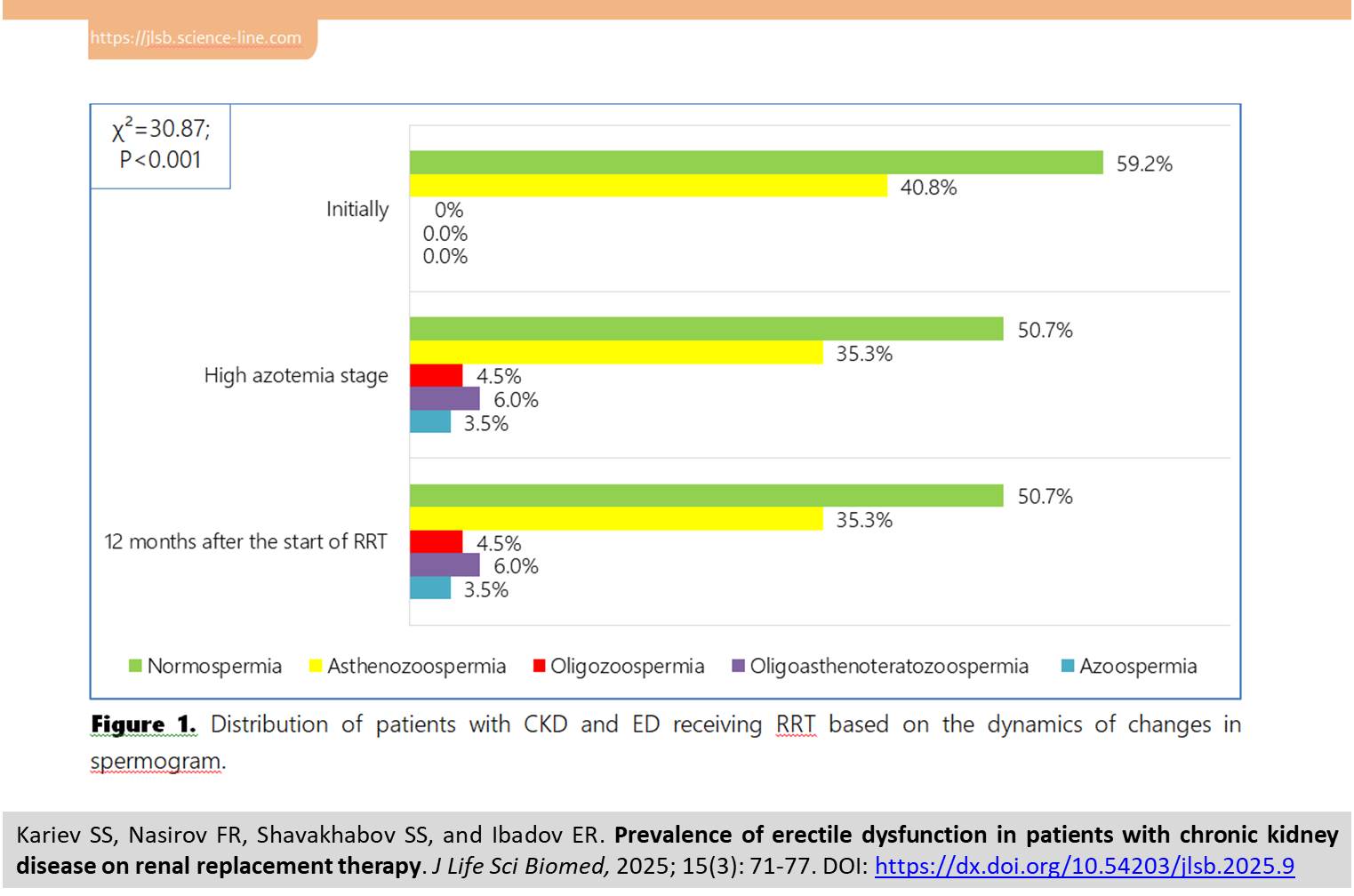 DOI: https://dx.doi.org/10.54203/jlsb.2025.9
DOI: https://dx.doi.org/10.54203/jlsb.2025.9
Abstract
The current study aimed to investigate the prevalence of erectile dysfunction (ED) in patients with chronic kidney disease (CKD) on renal replacement therapy (RRT) in the form of hemodialysis (HD). The study included the data of prospective observation of 201 patients on hemodialysis program. The erectile function (EF) was assessed using the International Index of Erectile Function (IIEF‐5) score, doppler sonography of the penile arteries was used to diagnose hemodynamics in the vessels of the penis, the hormonal profile of patients was determined using testosterone, luteinizing hormone, and follicle-stimulating hormone levels, and reproductive function was determined using a spermogram at three stages of the study: initially, high azotemia and 12 months after start of RRT. The results showed that in patients on hemodialysis, ED progression was noted with a decrease in IIEF-5 score from 21.9 to 9.7 points (P<0.001). The average peak systolic velocity in the right cavernous arteries decreased from 6.5±0.1 to 4.8±0.1 cm/s (P<0.001), and also testosterone level, luteinizing hormone, follicle-stimulating hormone, and the frequency of normospermia were significantly decreased (P<0.001), while there was an increase in cases of pathological disorders of spermatogenesis in total up to 14.0% (P<0.001). It is concluded that there is persistence of multifactorial erectile dysfunction caused by vascular, hormonal and structural changes in patients with CKD on RRT in the form of HD.
Keywords: Chronic kidney disease, erectile dysfunction, renal replacement therapy
[Full text-PDF] [ePub] [Export citation from ePrint] [How to Cite]
Previous issue | Next issue | Archive
![]() This work is licensed under a Creative Commons Attribution 4.0 International License (CC BY 4.0)
This work is licensed under a Creative Commons Attribution 4.0 International License (CC BY 4.0)


